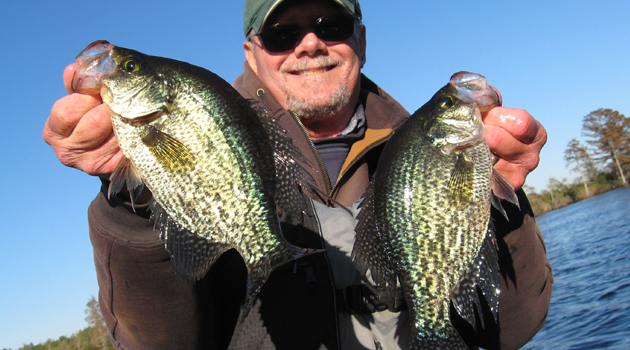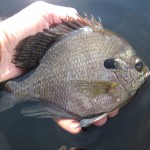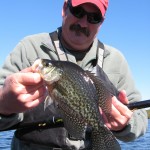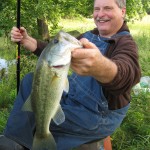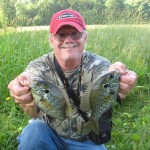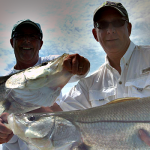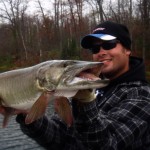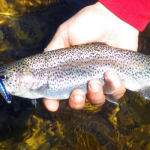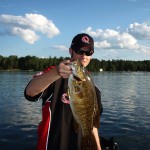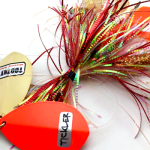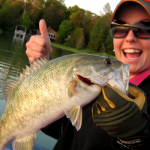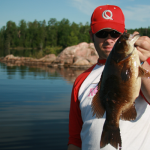By Jim Gronaw
One of the coolest things about the sport of fishing is that it can be as complicated, or as simple, as you want to make it. Yes, there are more advancements, electronics, lures, devices and items of seemingly great value on today’s angling market. All are intended to put more fish in the boat or on the bank. But if we look back on it all, there is certainly much to be said about the simple joys of pole and line fishing.
Most of us got our start by fishing with cane poles and a piece of line with a hook and bobber. The game was simple…put the baited hook in front of a likely spot and watch the cork, or bobber, go under. Easy enough? You bet! But was it effective enough for us all?
Consider this…I have a good friend from Elizabeth City, North Carolina by the name of Jeffrey Abney. Abney specializes in fishing tidal rivers and creeks for monster coppernose bluegills and crappies in and throughout the Albermarle Sound and hits rivers such as the Yeopmen, Pasquatank and the Perquimens…all dynamite tidal flows for outsized panfish. In researching for an In Fisherman feature last year, I was surprised as to what Abneys prefered tactics were…a simple telescoping pole of ten feet with a similar length of line and a shrimp jig tipped with bait. The man ‘averages’ 4000 bluegills a year, with between 400 and 700 in excess of ten inches in length…incredible! And a very large percentage of those fish are pole-n-line fish. Along the way, he also lassos largemouth bass over 5 pounds, and powerhouse channel cats and bowfin in the ten-pound bracket. Wow!
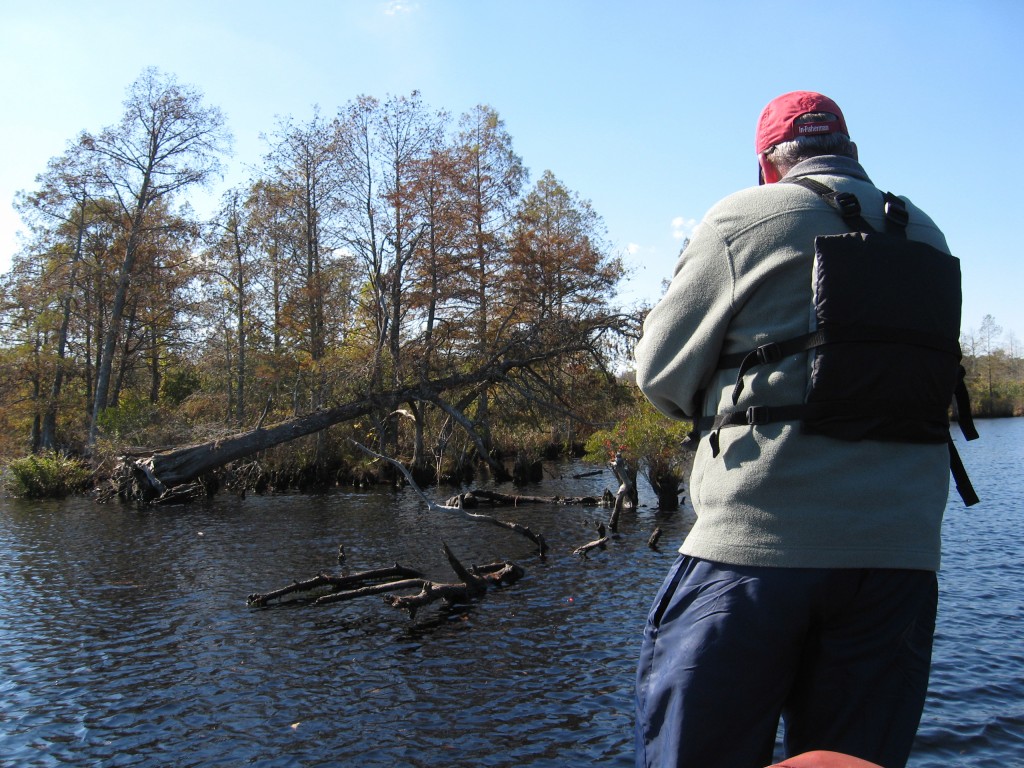
At this summer’s Teach Me to Fish program that I instructed at Lake Hashawha, in Westminster, Maryland, we had a total of 279 bluegills and red ear sunfish caught in just five classes…all pole and line catches. And with great joy not only to the children in the program, but to the parents as well. It works!
This year, I picked up a 13-foot Cabelas’ Crappie Pole to just fiddle around with for catching bait for catfishing and such. To my great surprise, I have found a new love for this simple way to fish. Easy enough, you tie on a length of monofilament about the same length as the pole, tie on a 1/32 or 1/64th ounce jig, and put a bobber two to three feet about the lure and you’re ready to fish. Tip the lure with a piece of worm and it’s light’s out for the local panfish population once the moved shallow in May. Simple and easy, and effective!
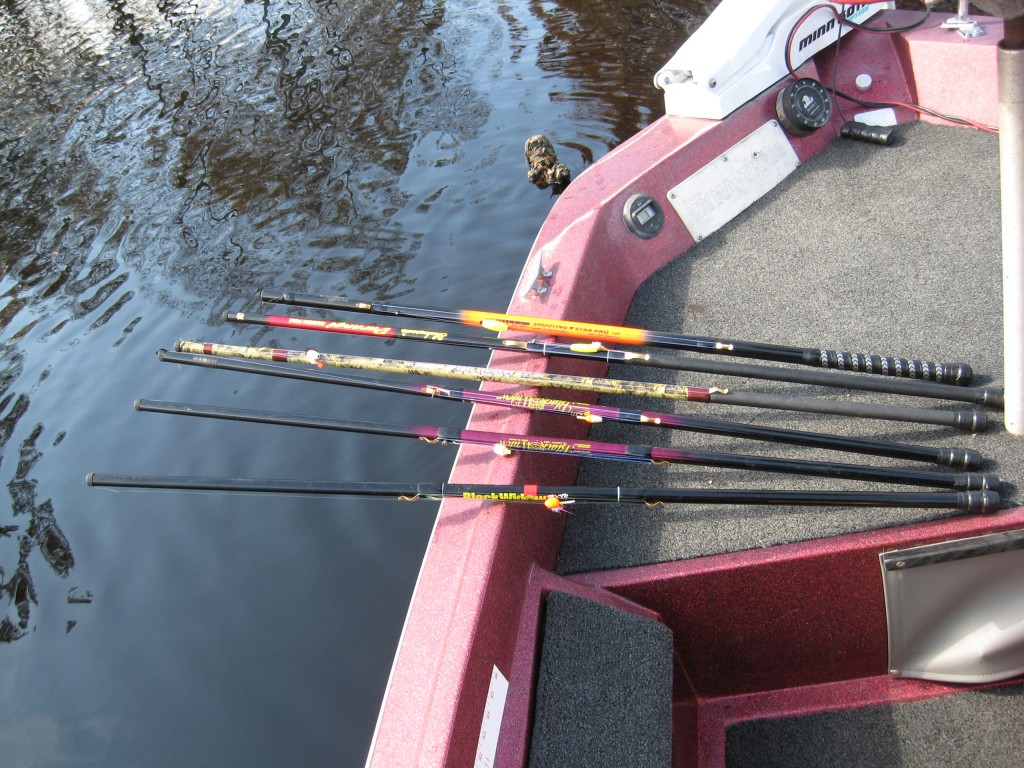
I tend to agree with Abneys thoughts on using 10 pound test mono simply because there may be an apex predator in the area that wants to chow down on your bluegill. You’d like to have at least a fighting chance with a decent bass or cattie, hence the heavier line. In the blackwaters and cypress jungles where Abney fishes, you need a little backup. Plus, most of the ponds I fish have at least a couple big bass cruising in them. Be nice to land them on the long pole.
Poles are cheap, $10 to $20 each, and some are somewhat customized with various styles of line keepers and foam handles. Most are telescoping, fiberglass models that break down into a compact length for easy storage. Most simply have eyelets at the very tip of the pole and there is where you would secure your line. Most poles need the line tied to the tip of the rod blank itself and then threaded through the eyelet to secure a better attachment of the line. The premier pole company out there is B&M Pole Company and they make all kinds of crappie and ‘brim’ poles for todays common sense, budget minded panfisherman. And throughout the Deep South, this is still the preferred method for consistently making good catches of panfish for those fish frys we love so much. Besides, it is a great way to get kids, and even adults, started on a lifetime of fishing fun.



